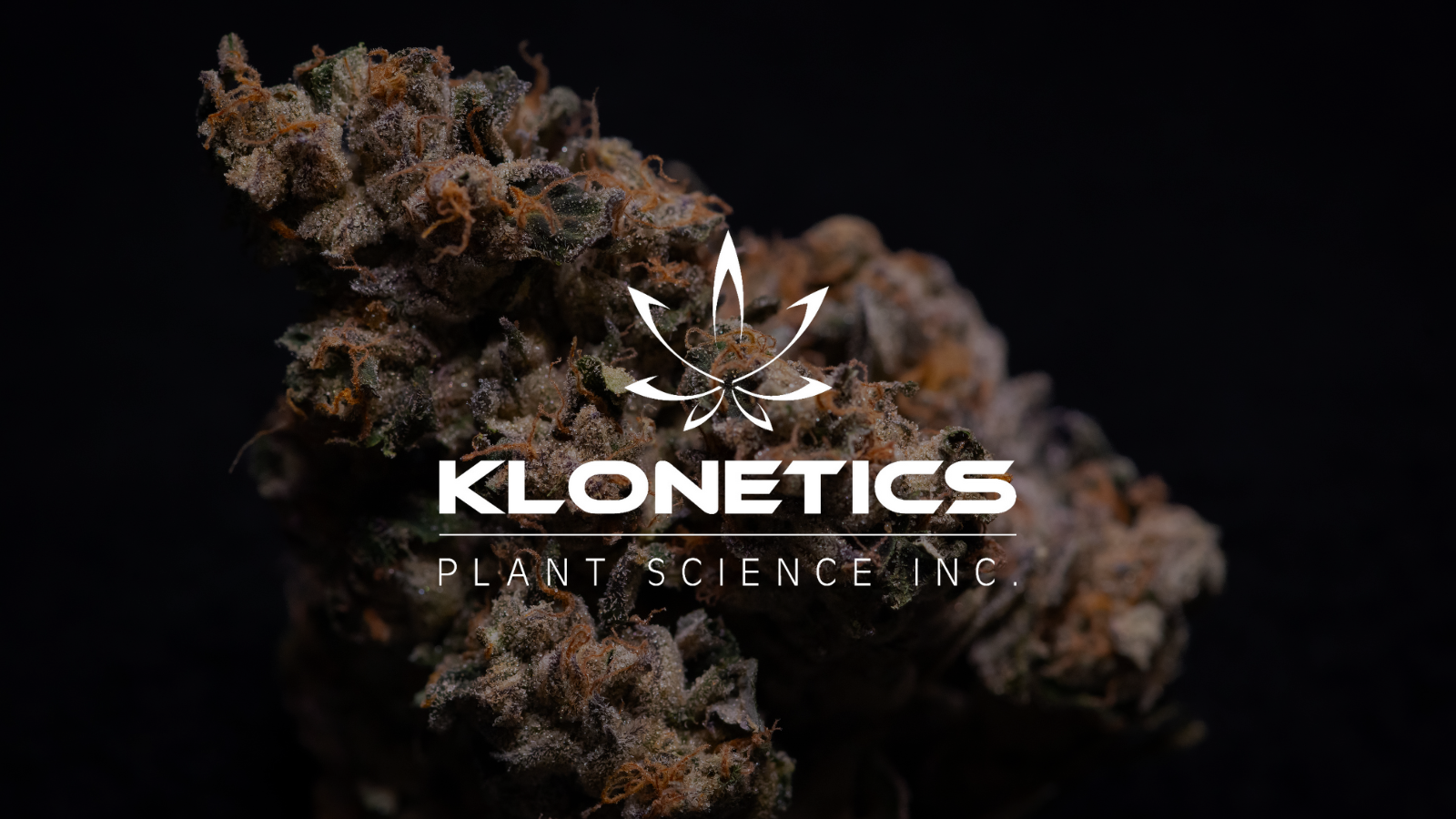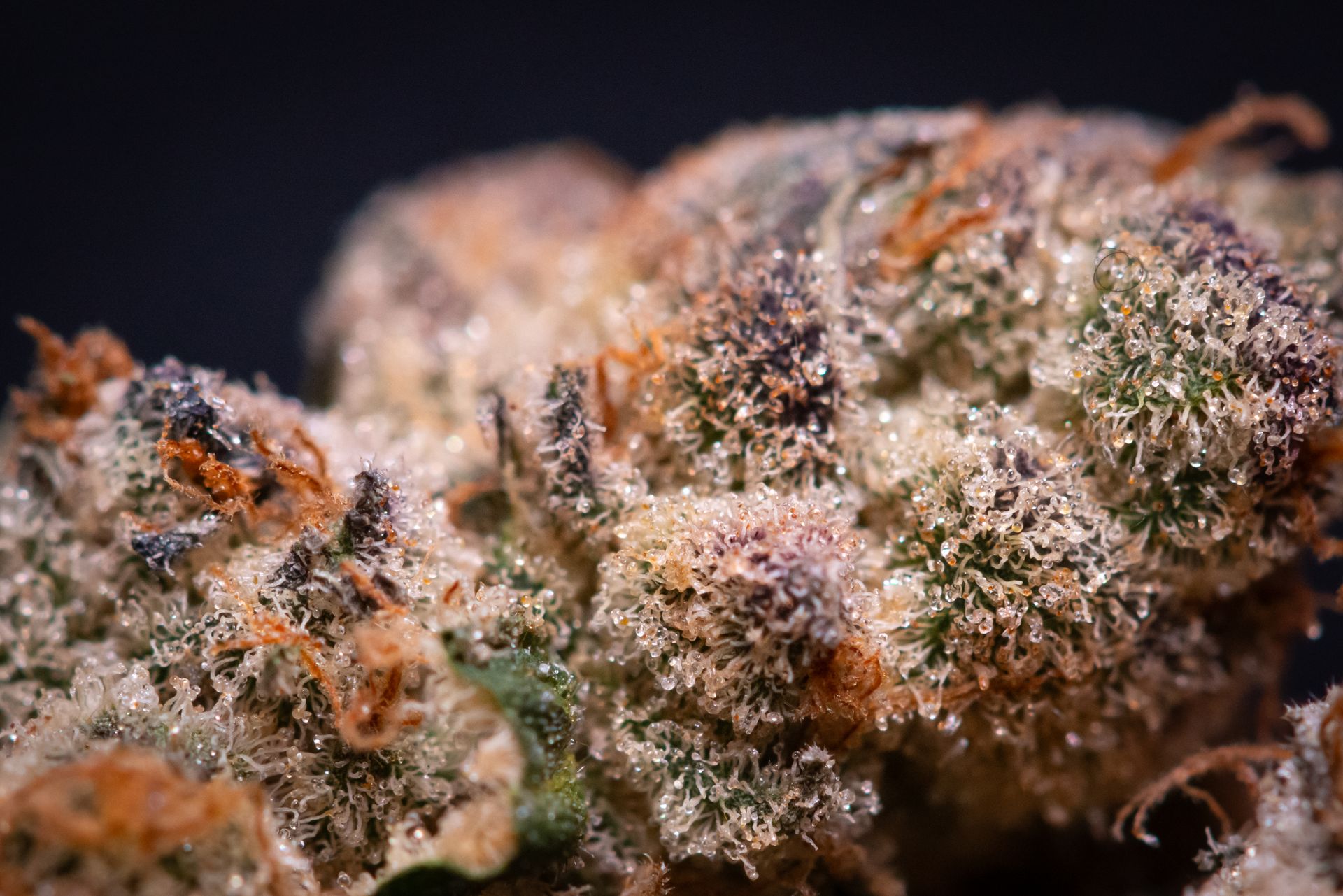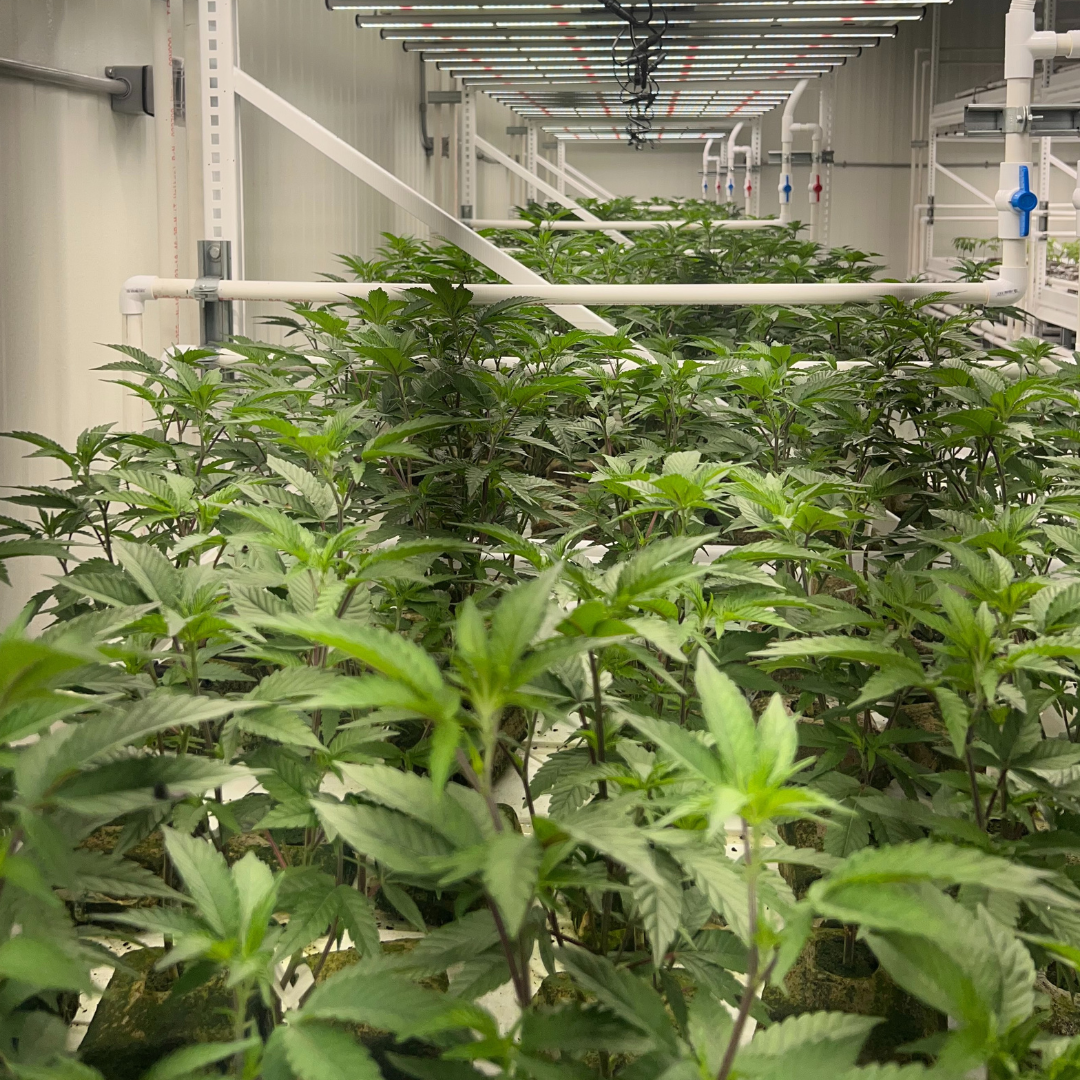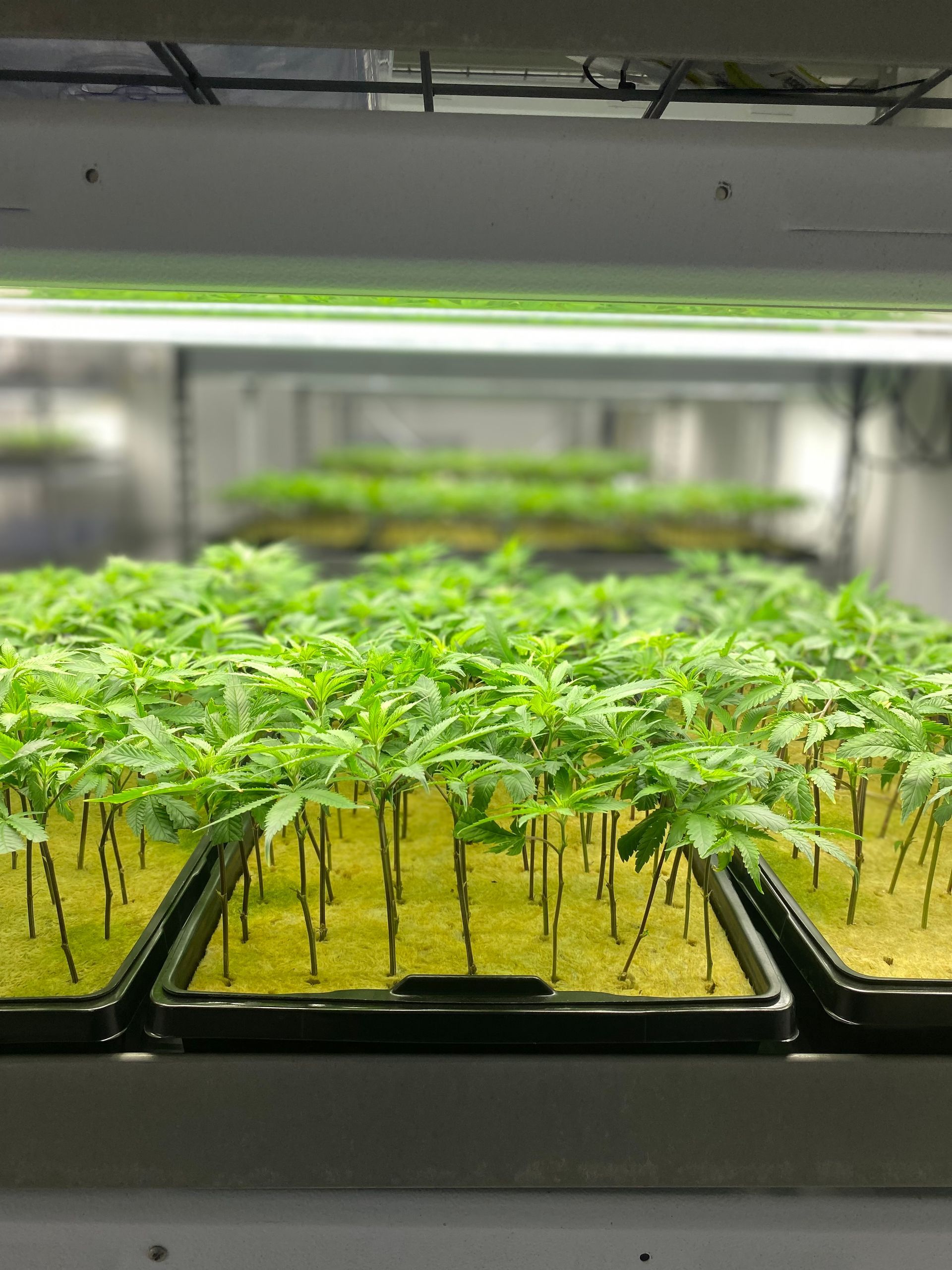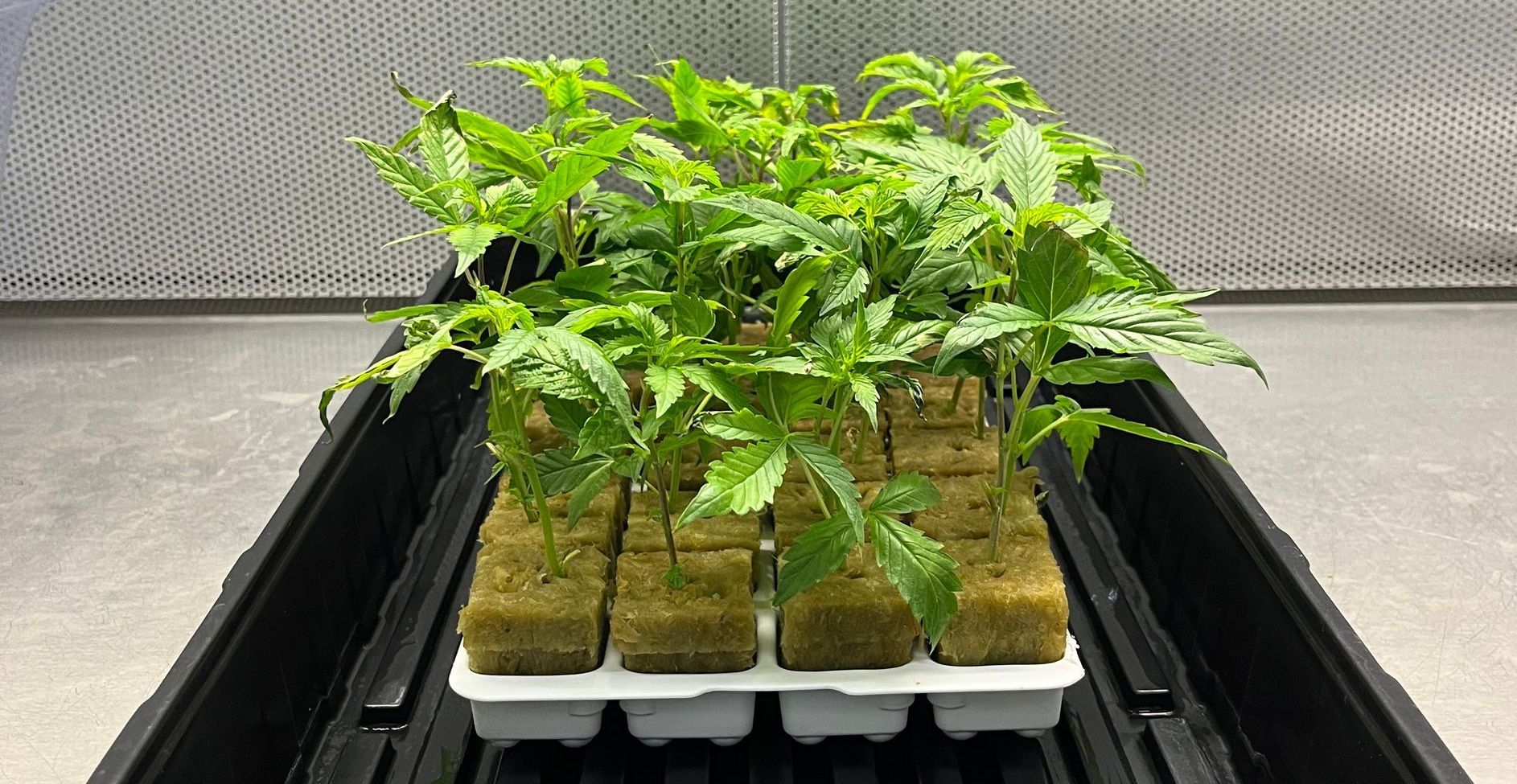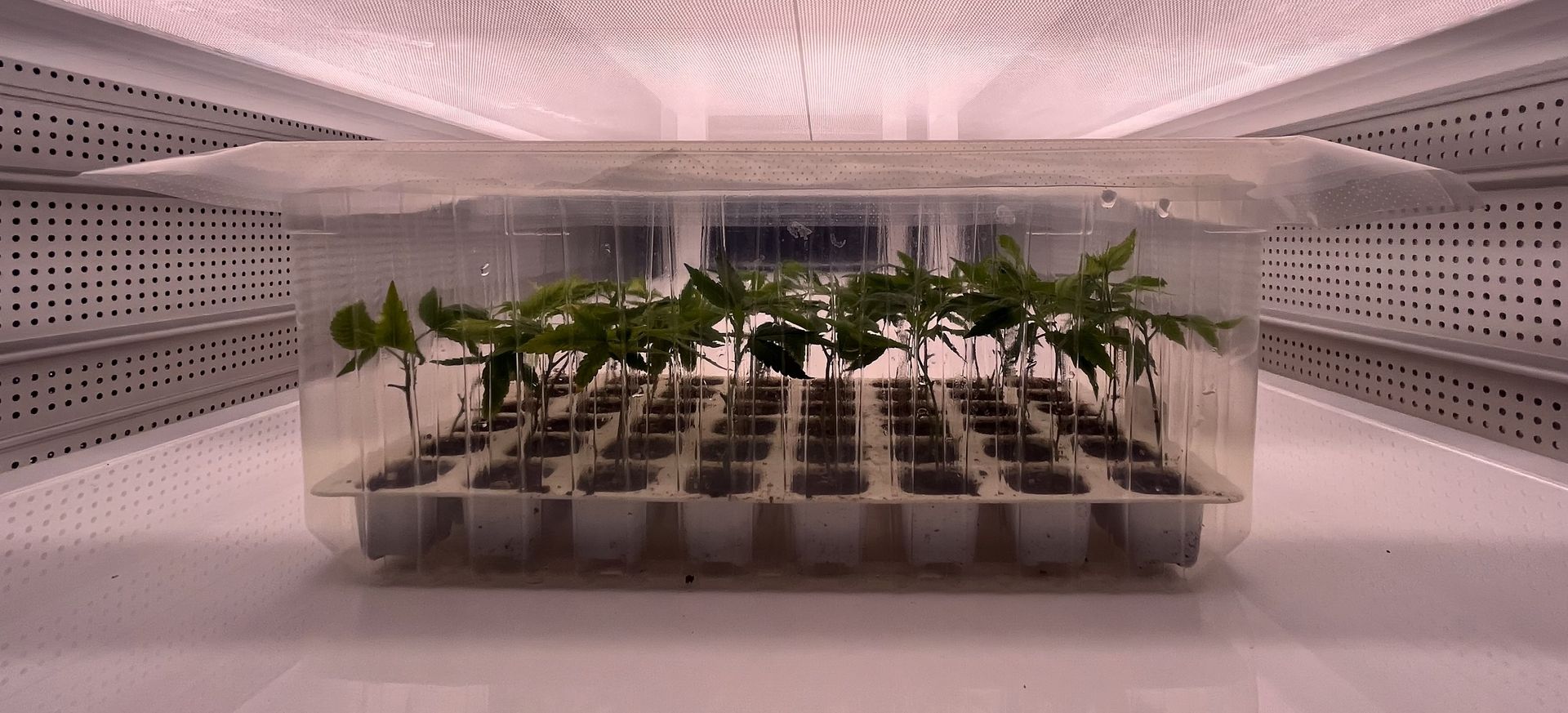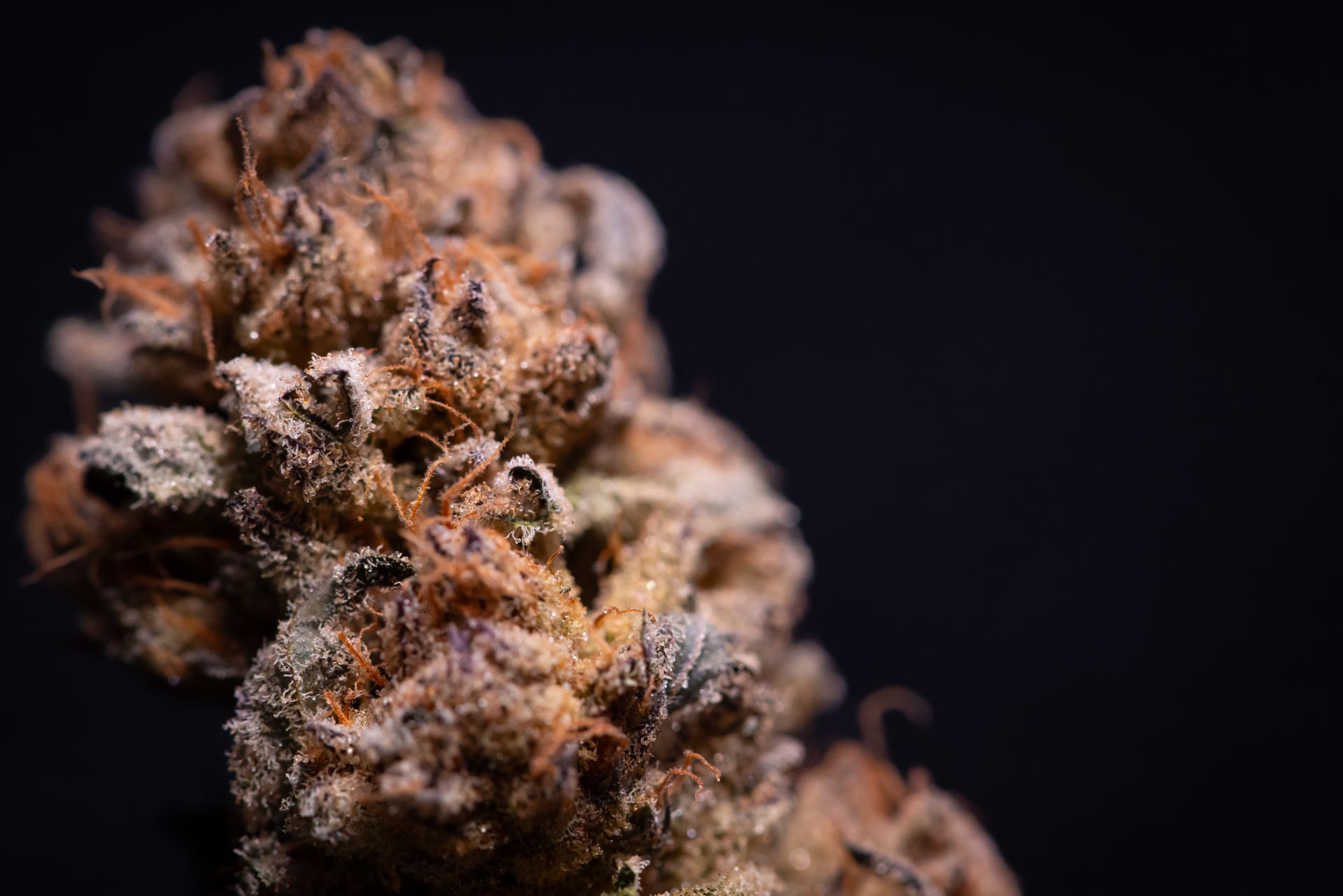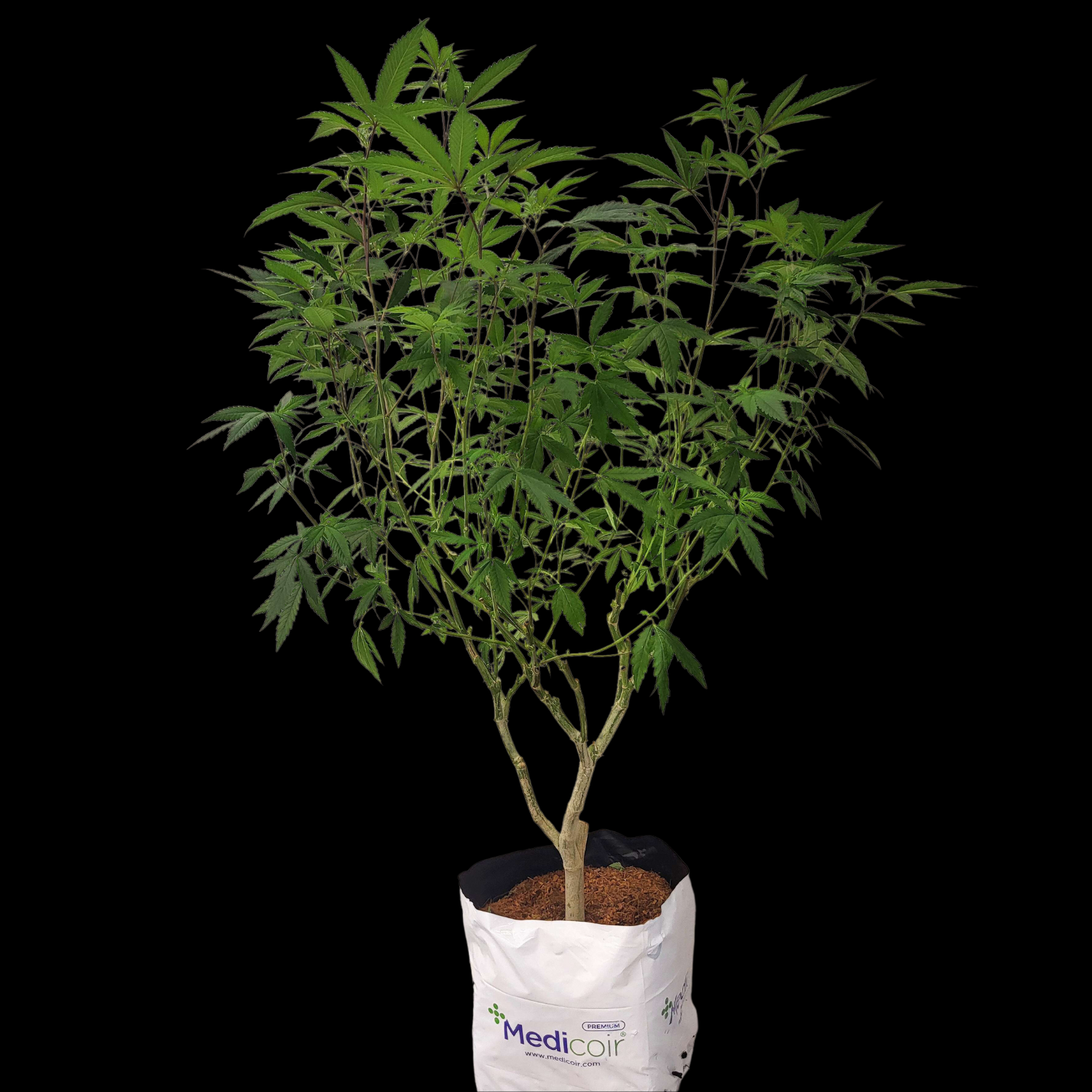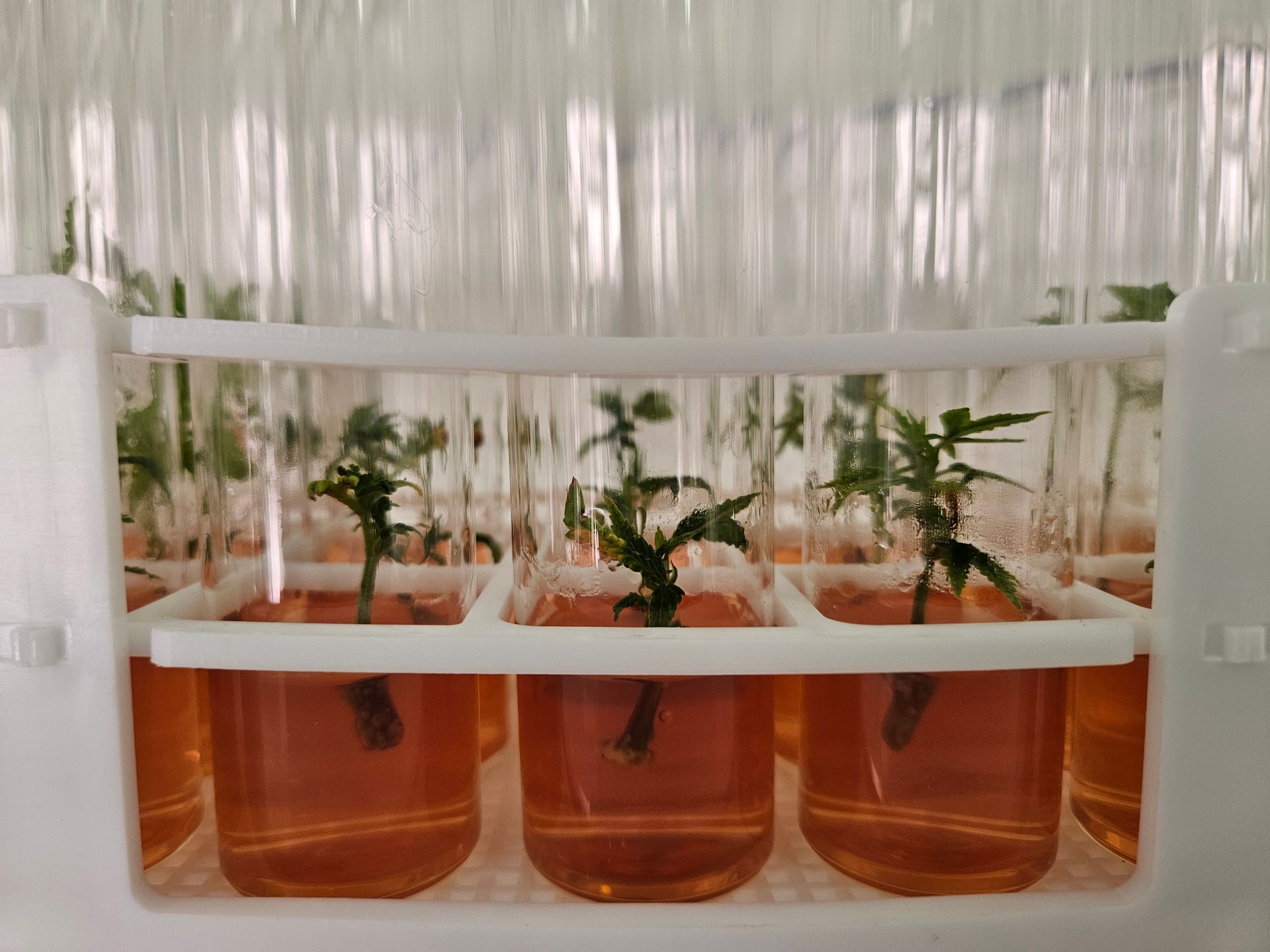Boost Your Cannabis Yields: Expert Tips & Tricks
Boost Your Cannabis Yields: Expert Tips & Tricks
Did you know tweaking your grow technique can boost yields by over 50%? Recent studies show better water and light boosts growth12. As the cannabis market grows, growers look for top tips to up their yields. This piece covers how to max out yields, focusing on plant genetics, ideal growing conditions, and cutting-edge methods like pruning. Learn how to make your plants thrive and get bigger harvests. Discover ways to optimize nutrients and improve your cannabis plants now!
Key Takeaways
- Improving water and light conditions can greatly increase cannabis yields.
- Choosing the right seeds is crucial for plant growth.
- Creating the perfect growing environment is key for plant health.
- Using advanced growing techniques can lead to more buds and higher yields.
- Managing plant nutrients well is essential for healthy plants.
Understanding the Importance of Genetics
For any grower aiming for the best harvest, knowing about cannabis genetics is key. Choosing top-quality seeds is crucial because the plant's genes affect its growth, strength, and the quality of buds it produces. Advances in the science of cannabis have shown how important good genetics are for growing success.
Research shows that a plant's genetic background decides the features and quality of the buds3. Different strains also have unique chemicals that alter their effects and health benefits3.
The Role of High-Quality Seeds
High-quality seeds lead to plants that grow better and resist disease well. These seeds bring about a crop that's consistent, which every farmer needs. F1 generation strains are really popular because they combine the best qualities from two different plants. This makes them appealing to growers and buyers alike3.
Choosing the right seeds is the first step to getting big harvests. It also makes a big difference in how much your crop is worth.
Finding the Right Strain for Your Setup
Finding the right strain for your garden and goals is important. For example, sativa strains lift your mood, while indica strains are great for relaxation3. Growers should try growing a few different strains to see which ones do best in their setup. This helps in picking the best strains for bigger yields45.
Optimizing Grow Conditions for Maximum Yield
To get high yields from cannabis, it's key to look at the growing conditions. Choosing between growing indoors or outdoors is important. Each method has its own pros and cons. Understanding the best ways for each can lead to better results.
Indoor vs. Outdoor Cultivation
Outdoor growing uses the sun's natural light, which helps plants grow well. But, it also means plants face risks from bad weather and pests. Indoor growing, on the other hand, lets you control the environment better. You can set the perfect temperature and humidity. This control makes things more stable, which is great for getting more yield. Keeping the temperature between 68-82°F during the vegetative stage and 75-79°F in early flowering is suggested6. Also, keeping humidity around 50% to 60% during flowering is important for the best results6.
Creating the Ideal Environment
Light intensity is crucial for growing cannabis. You should aim for a light wattage of 30 to 50 watts per square foot6. Adding CO₂ can also help. It boosts photosynthesis, which makes plants grow faster. This is especially true when CO₂ levels are above 400 PPM7. Using vertical farming and controlling the plant canopy for better light spread can improve growth and health of the plants7.
Increase Cannabis Yields through Plant Training Techniques
Plant training is key to boost cannabis yield. By shaping how plants grow, growers can notably increase their crops. It's important to know the difference between Low-Stress Training (LST) and High-Stress Training (HST). Both methods help in growing healthier plants and getting more yield.
Low-Stress Training (LST)
Low-Stress Training (LST) gently encourages plants to grow more branches. This means more light reaches every part of the plant, leading to more buds. An even canopy from LST means light spreads better across the plant. This can result in more buds forming8.
LST works best before the plant starts to flower, while the branches are flexible. Techniques like scrogging and removing some leaves can be paired with LST. This can help the plant yield even more8.
High-Stress Training (HST)
High-Stress Training (HST) involves methods like topping and supercropping. These stress the plant in a good way, making it produce more branches and buds. But, you have to be careful not to harm the plant9. Topping fits well with LST and leads to more top parts of the plant that can flower. However, it's crucial to use these methods carefully. This ensures the plant stays healthy and grows well all through its life cycle9.
Maximizing Light Exposure
Choosing the right lighting setup is key to boosting cannabis yields. It ensures plants get the light intensity and spectrum they need during different growth stages. LED and HPS lights bring benefits like energy savings and ease of use.
Choosing the Right Lighting Setup
Cannabis plants grow better with the right type of light. Blue light, with wavelengths from 400 to 500 nm, helps during the vegetative stage. When it's time for flowering, plants need red light around 700 nm. Boosting Photosynthetic Photon Flux Density (PPFD) to between 400 and 900 μmol·m−2·s−1 can increase yields by 1.3 times10. Even more, getting PPFD up to about 1000 μmol·m−2·s−1 could triple the yield compared to using around 450 μmol·m−2·s−110. The careful choice of light spectrum and intensity is crucial.
Light Intensity Adjustments During Growth Stages
Adjusting light intensity is crucial through different growing stages for the best development and yields. In the beginning stages, plants do well with less intense light. This intensity should increase as they grow. Studies show yields go up steadily with light intensities between 120 and 1800 μmol·m–2·s–1. The top yield comes at 1800 μmol·m–2·s–110. Adding extra lights inside the canopy could boost yields by up to 30 percent. This improves earnings without needing more space11. Managing light, including UV light, can increase THC. But, it's important to watch out for plant health1012.
Controlling Environmental Factors
Controlling environmental factors is key to getting more cannabis. It's important to keep an eye on temperature for plant health. The best range is between 20°C and 30°C. Don't let it go above 35°C or below 15°C to avoid harming the plants. This helps with photosynthesis and keeps plants strong, affecting how much you harvest13.
Keeping the right humidity is also crucial for healthy plants. It's best between 40% and 60%. Too much or too little, above 70% or below 30%, can cause mold or stress13. Vapor Pressure Deficit (VPD) lets growers fine-tune humidity, leading to healthier plants and better yields.
Using advanced climate control helps with growing cannabis indoors. It lets growers set the perfect light, temperature, and humidity. Good ventilation and airflow stop still air and too much moisture. Regular checks help plants grow well and prevent pests and lacking nutrients14.
Also, managing temperature and humidity right needs special equipment for the best cannabis. Great climate control leads to more and better-quality yields. It also makes managing resources easier. Klonetics Plant Sciences uses these techniques for growing15.
Maximizing Plant Nutrients for Healthier Growth
For high-yield cannabis, it's vital to use the right nutrient management strategies. We look into automated systems that give plants the exact nutrients they need during their growth. This keeps them healthy and boosts their growth.
Automated Nutrient Delivery Systems
Feeding your plants becomes much easier with automated solutions. Take Dosatron—their fertilizer injectors are perfect for growing cannabis. They dose nutrients precisely, cutting down on mistakes and ensuring plants get constant nutrient levels16. These systems help roots grow strong and plants to shoot up, leading to more bountiful harvests.
Nutrient Monitoring and Adjustment
Keeping an eye on nutrients is key for a plant's success. Too much or too little can slow down growth, especially when flowers form and need calcium and magnesium17. It's important to adjust your feed when you notice signs of nutritional issues. Experts suggest using special cannabis nutrients, which change as the plant grows18. With careful nutrient management, including automated systems, you can give your plants exactly what they need.
Utilizing Pruning Techniques Effectively
Pruning well is key for the best cannabis growth and bigger yields. Knowing different pruning methods can really change how much you harvest.
Types of Pruning for Improved Yields
Pruning cannabis involves various techniques to boost light, airflow, and growth. Topping and FIMing lead to bushier plants by encouraging growth outward, not just up. This means more main colas and a better yield19.
Lollipopping gets rid of lower stems and leaves. This helps send more nutrients to the top buds, which improves their size20. Techniques like Low-Stress Training (LST) and Screen of Green (SCROG) help manage height and increase bud sites19. Pruning also lets you control plant shape. This means a healthier plant with better airflow19.
Best Practices for Timing Your Pruning
The right time to prune is vital for healthy growth and better yields. It's best to prune during the vegetative stage, when plants have 4 to 8 nodes20. Pruning then helps plants recover well and reduces stress, which keeps them productive21.
Avoid big cuts after two weeks into flowering to not hurt bud growth20. Taking proper care of your plant after pruning is crucial. This includes the right water and nutrients for recovery21.
To sum up, knowing pruning techniques and their timing is crucial for cannabis growers. With the right pruning approach, your plants will be healthier. And you'll get better quality buds192120.
Harvesting Methods that Impact Final Yield
The timing of the harvest greatly affects the quality and yield of the cannabis. Using the right harvesting methods is key to getting the most out of your crop. To find the best time to harvest, you must watch the flower development and trichome maturation closely.
Cultivators who pick their crops at the ideal time see a 20% rise in cannabinoids and terpenes. This makes the final product stronger and tastier22. Knowing when the buds are ready ensures they are taken at their best.
Identifying the Perfect Harvest Time
It's important to know the difference between strain types. Indica strains are ready quicker than Sativa strains, needing 6 to 16 weeks of flower time before they are ready for harvest23. Getting the timing right can increase both the quantity and quality of the crop. It leads to more resin and better bud development.
For plants grown outside, harvest time is usually between September and November. Keeping the right conditions all season can boost resin production by 30%22.
Post-Harvest Processing for Quality
After harvesting, how you process the crop is crucial to maintain its quality. Proper handling and drying can cut mold risk by half22. The right drying process should last between a week and 10 days. Good trimming techniques can improve the look of the product by 40%. This attracts customers who look for beauty in the product.
Choosing to harvest selectively can also lead to a 15% increase in yield. This shows the value of careful handling after the harvest22.
Conclusion
Growing more cannabis can be complex, involving many techniques. Selecting the right seeds is key. They must fit the grower's setup well.
Keeping the right light, temperature, and humidity is also crucial. It helps the plants grow better and yield more.
Using low-stress and high-stress training of the plants boosts their health and output. Klonetics Plant Sciences shows how important these methods are. Proper feeding and picking the right time to harvest are essential too. These steps affect how much and how strong the cannabis is.
By following these tips, growers can produce more and better cannabis. Mixing all these methods right helps meet the growing need for cannabis. This not only helps the industry in Canada but also elsewhere. Working hard and smart in cannabis farming pays off with rich rewards.
FAQ
What are the key factors that influence cannabis yields?
A few key factors can really affect how much cannabis you grow. These include the kind of seeds you use, the environment you grow them in, and how you feed your plants. Picking the right seeds, making sure they have the best conditions, and giving them the right nutrients can lead to much bigger yields.
How can I choose the right cannabis strain for optimal yields?
Pick strains that fit well with your growing area's conditions. Try a small grow first to see if it works out before going big. Choosing top genetic strains can make your plants healthier and more valuable.
What are the advantages of indoor vs. outdoor cannabis cultivation?
Indoor growing lets you control everything, from heat to moisture, so you can get steady yields. But growing outdoors lets your plants soak up natural sunlight. However, you have less control over the weather and other outdoor factors.
What is Low-Stress Training (LST) and how does it improve yields?
LST is a way to shape your plants gently to help them grow better. By training them to grow wider, they can catch more light. This can really help increase the amount you harvest.
How do I determine the right lighting setup for my cannabis plants?
Choose lights that mimic the sun's strength during different stages of growth. Start with gentler light, then move up as your plants get bigger. This helps your plants grow strong and healthy.
What is the importance of temperature management in cannabis cultivation?
Keeping your plants at the right temperature is key. The correct warmth helps them grow faster and healthier. Make sure temperatures are steady both day and night to get better yields.
How can automated nutrient delivery systems benefit cannabis cultivation?
Using automated systems to feed your plants can make a big difference. These systems give your plants exactly what they need, when they need it. This means healthier plants and bigger harvests.
What types of pruning techniques are most effective for cannabis plants?
Good pruning helps get more light and air to your plants. It's important to prune at the right time for strong growth and more buds. This also lowers the chance of mold.
When is the best time to harvest cannabis for maximum potency?
To harvest cannabis with the best strength, watch how the flowers grow and when the trichomes mature. Picking them at just the right time means you'll get the strongest effects.
How does post-harvest processing affect cannabis quality?
How you handle your crop after picking it matters a lot. Doing it right keeps the buds fresh and strong. Good processing techniques can make your cannabis smell and taste better, and be more potent.
Source Links
- 16 Ways To Increase Your Cannabis Yields - RQS Blog
- How to Increase Cannabis Yield With Irrigation and Lighting - BIOS Lighting
- Understanding Cannabis Genetics & Why They Are Important | Grower IQ
- Advances and Perspectives in Tissue Culture and Genetic Engineering of Cannabis
- Genetic basis of cannabis use: a systematic review
- Best Grow Room Conditions For Maximum Yield | Temperature, Light & CO2
- 16 Tips to Maximize Yield
- Boost cannabis yields with low stress training (LST) tips.
- How to use cannabis plant training to increase yield
- Keys to Maximizing Cannabis Yields: Light Intensity and Proper UV Radi
- Maximizing Cannabis Growth: The Power of Intracanopy Lighting
- How to optimize light transmission for your cannabis greenhouse
- The Importance of Proper Climate Control in Cannabis Cultivation | Climate Control Systems
- Improving Your Cannabis Yield - KindCare
- Closing the Yield Gap for Cannabis: A Meta-Analysis of Factors Determining Cannabis Yield
- Explore Cannabis Fertilizer to Optimal Synergy
- Cannabis Plant Nutrition by Growth Stage – Harvest Hero
- 6 Keys To Maximizing Cannabis Yields
- Cannabis Pruning and Training Techniques for Higher Yields
- Pruning to Increase Yield: Exclusive Techniques for Harvest
- How and When to Prune Cannabis for Maximum Yield
- The Relationship Between Harvesting and Cannabis Yield
- Hand vs. Machine: Unveiling the Best Harvesting Techniques for Optimum Cannabis Yields
- Frontiers | Closing the Yield Gap for Cannabis: A Meta-Analysis of Factors Determining Cannabis Yield
- Indoor grown cannabis yield increased proportionally with light intensity, but ultraviolet radiation did not affect yield or cannabinoid content
- Cost of Cannabis Production Per Square Foot
The body content of your post goes here. To edit this text, click on it and delete this default text and start typing your own or paste your own from a different source.


